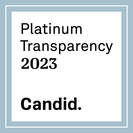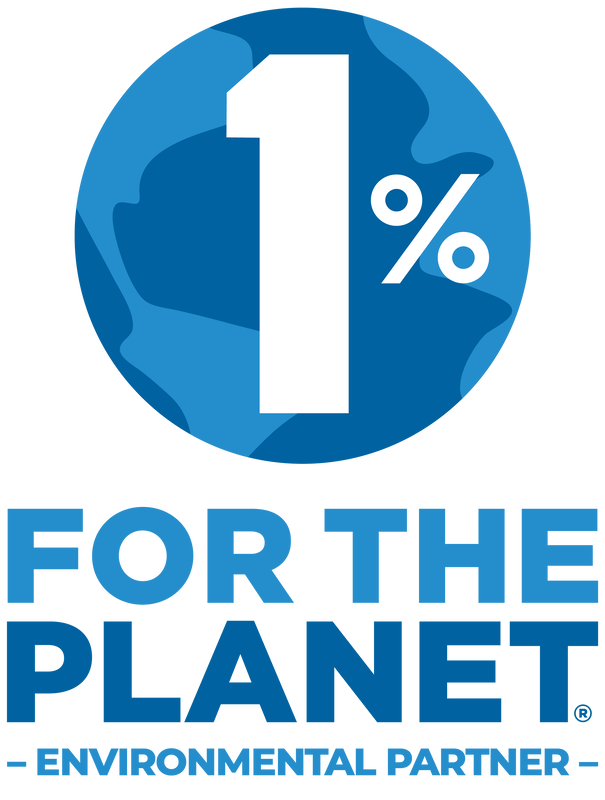|
By Yesenia Perez
A geographic information based system, ArcGIS collects, analyzes and interprets data to create a map that can explore real world environmental problems. It is a powerful and engaging tool that is used in a variety of career fields, but usually not taught to students until environmentally focused college courses. ArcGIS is a tool that can prompt exploration of the Earth’s geography and natural systems and fosters critical thinking. Bringing ArcGIS into high school classrooms revitalizes traditional environmental science lessons. Furthermore, it is a way to introduce a technical tool that is a highly advantageous skill set and important exposure for high school students preparing themselves for future career pathways. Last fall, the Energize School’s team reimagined the Watersheds and Public Water Systems curriculum to work for virtual learning with support from NOAA's Bay Watershed and Training program. This curriculum incorporates ArcGIS as a tool for students to map their local watershed. With each step of the mapping process students explore their watershed more deeply and create a visual representation of their understanding layer by layer, data piece by data piece. In this application, ArcGIS can be used to identify, analyze and mitigate human impacts on watersheds.
2 Comments
By Hernan Gallo-Cornejo SEI is spotlighting the incredible and inspiring sustainability leaders who serve on our board through a series of interviews. We are kicking off the board spotlight series with Debbie Raphael, Director of the San Francisco Department of the Environment.
Why do you serve on SEI’s board?
I believe in the mission of SEI – to build the capacity of our youth and young professionals to work in the environmental field and to create the solutions needed to heal this planet. I serve on the Board because I believe in the importance of “paying it forward”. I believe it is my responsibility, as an environmental professional, to support organizations like SEI to be the best they can be. By Dru Marion As the name would suggest, SEI’s Climate Corps Education Outside (CCEO) program typically works with students outdoors. Usually CCEO educators use on-campus school gardens as their classrooms, but that rapidly changed in March 2020 with COVID-19 school closures. Since the beginning of the pandemic, the CCEO team has discussed the possibility of distributing supplies to students so that they could grow plants at home, but for a long time this project seemed impossible in the face of logistical barriers.
Ten months later this idea finally became a reality when the CCEO program brought a little bit of the outdoors into the home learning spaces of almost 10,000 students. With support from SF Rec and Park, the SF Botanical Gardens, and SF Children and Nature, the program provided “garden kits'' to every student at twenty-five schools in San Francisco, Oakland, and San Mateo County. Each kit contains soil, biodegradable pots, seeds, science notebooks, and magnifying glasses, as well as access to a ““Welcome to Your Garden Kit” website. By Jessica Redden Career Technical Education (CTE) prepares high school students for their future careers by integrating academic knowledge and technical job skills. Introducing students to careers early sets them up for success in their professional futures! SEI’s Energize Schools program works with teachers and schools to offer Career Technical Education opportunities. Here are some ways that any school can bring CTE to their students: 1. Implement a lesson or unit aligned with CTE standards There are 15 CTE sectors that intersect with all education disciplines. No matter what you teach there are opportunities to bring career aligned activities into your classroom. Utilize the Energize Schools Curriculum Library to start planning your CTE, NGSS, and Common Core aligned lessons and units. 2. Adopt a CTE Pathway CTE pathways allow students to deeply explore career opportunities and develop relevant career skills, preparing them for the workforce. Before adopting a pathway, research your local labor market trends; it is best to adopt pathways relevant to your community job needs. One nationally growing field is the energy, environment, and utilities sector. In 2018, and 2019, clean energy jobs outnumbered fossil fuel jobs nearly 3 to 1 across the US and 5 to 1 in California respectively according to the E2 CA Clean Jobs Report. Utilize SEI’s energy, environment, and utilities sector courses Innovations in Green Technology and Energy and Environmental Design to jumpstart an energy and power technology pathway at your school! Students in Antioch High Schools IGT class solder solar USB chargers
By Lawrie Mankoff When Alexa Monserret was in high school she engaged in an energy focused summer internship program run by SEI. Monserret now works in new product engineering at Gillig, the second largest bus manufacturer in North America. She focuses on their electric buses, specifically designing the bus structure including the framing for batteries that power these zero emissions vehicles. Alexa recently spoke with us about her green career path following her time with SEI.
Monserret took part in the SEI summer internship program in 2013. This program was made possible through a collaboration between SEI and the Sacramento Municipal Utility District (SMUD), which created paid summer internships that engaged high school students in school energy auditing and efficiency projects. Alexa says that this internship experience prompted her to think about sustainability from a new angle: “I was always interested in sustainability but the internship got me thinking about different ways we can approach that. One thing I remember us talking about is how everyday decisions like what kinds of appliances we use, how energy efficient they are, the way we design homes and infrastructure, and how we harvest those materials all makes an impact.” Learning about how our choices impact the environment led Monserret to think of incorporating a green focus into her future career path. Reflecting on her plans going into college, Monserret said, “With that kind of thinking in mind, I went into a major I was going to go into anyways but with the career focus of trying to find jobs that considered those things.” By Tyler Valdes The School of Environmental Leadership (SEL), a flagship program of SEI, is a project-based, environmentally-focused program that emphasizes development in leadership and 21st century skills. As part of the SEL, 9th grade students implement Leadership and Environmental Action Development (LEAD) Projects which take place over the course of a semester and align with environmental themes such as climate, transportation, energy, water, waste, and food. When I joined the SEI team in the summer of 2020, I quickly became involved with supporting the Marin School of Environmental Leadership (MarinSEL) based in San Rafael. As someone with a strong background in climate science and communications, I was thrilled when I was asked to serve as a community partner for the Wildfires LEAD project team. Right away, the team of seven freshman students impressed me with their resolve, passion, and coordination. At the beginning of the semester, I saw the students excel at researching wildfire health effects, preparedness, and contributions to climate change. They reached out to experts such as Dr. Mark Stemen, Professor of Geography at Chico State University who contributed to the creation of the Cal-Adapt tool, for advice and information. Regardless of the challenges posed by social distancing and online education, the team set ambitious goals of spreading wildfire preparedness awareness to 5,000 households! However, as the semester went on and reality sunk in, the team honed in on impact rather than volume. For example, the group virtually presented their research and project progress to over 50 city officials and community members at the City of San Rafael’s Climate Change Action Plan (CCAP) meeting in October 2020. Image courtesy of unsplash.com/@bailey_i
By George Spencer From my work in schools, I hear the argument over and over that K-5 students cannot hear about climate change, environmental and social justice, or the reality of our world because it "is not age appropriate" or in line with the standards. It comes from everyone: teachers, parents, school administrators. And I get it, it is tough to bring up these incredibly complex and dynamic challenges to young people, especially when we are likely struggling with them ourselves. It can feel overwhelming to plunge into a conversation where we do not have the answers. I wonder, though, if our students and kids don't understand reality, what type of adults are we raising them to become?
What if it was okay for us to not always have the answer in the classroom? For us to say: “I’m not sure; let me look into that,” and actually follow up to address their question, introducing them to experts who are already working to address these issues. What if we told our students and our kids, what is actually happening, not to disempower, but to listen and hear what comes up for them? So often, young students, especially, surprise me with their creativity, ingenuity, and imagination. By Giselle Serafin Instilling environmental principles in a class of students who all have different relationships with the environment is challenging. Madison Niesyn, Environmental Leadership teacher at Del Mar Middle School, was looking for ways to engage her students, some of whom were passionate about caring for the environment and others who had not yet made the connection between environmental protection and their own lives. Madison saw zero waste as an area of common ground, a place where she could start a pathway to advocacy for students at any level of familiarity with environmental stewardship. To bring education on waste to her students Madison reached out to Zero Waste Marin(ZWM).
To kick off this partnership, Zero Waste Schools Program (ZWSP) staff held an instructional planning meeting with Madison to discuss waste topics that interested her students, and how to best incorporate these themes in her virtual classroom. ZWSP staff and Madison decided to focus on what zero waste means, why the waste sorting rules are important, and where waste goes. Students were particularly interested in plastic pollution, a locally important issue in the San Francisco Bay. ZWSP staff developed a plan for two classroom presentations on zero waste with Madison’s 7th grade class. For the first presentation, the ZWSP team joined Madison and her class virtually on Zoom. Students asked insightful questions about zero waste careers, the role of zero waste in other environmental fields, and how to take action in their communities. After the presentation, one student reflected, “Something that I’ve learned from the ZWM presentations is that if one cares about a topic, they can find outlets to pursue their interest and make our world a better place simply by educating others!” By Hernan Gallo and Jessica Redden
Bring sustainability topics into any college classroom Climate change and sustainability topics are deeply interconnected with most disciplines. The challenges and opportunities of climate change can provide a connection between real world problems and classroom content, resulting in deeper student engagement and preparation for green jobs. The Energize Colleges team has worked with colleges and universities to support integration of sustainability curriculum. Interested in collaborating with Energize Colleges on how to bring climate change and sustainability content into your course or college campus? Reach out to us at connect@energizecolleges.org Host sustainability trainings for faculty members Involve faculty across disciplines, including science, engineering, arts, history and policy, to infuse environmental sustainability into their academic projects! You can start by hosting hands-on workshops with industry leaders. Energize Colleges hosts virtual "train the trainer" workshops on energy and sustainability and can support you in organizing a faculty training. Looking for inspiration? Request no-cost access to the Campus as a Living Lab Train the Trainer Webinar Recording and other trainings here. By Liz Fitzpatrick As a learner in an educational setting, have you ever been asked to name something that you love? Typically when we are asked this question, it is in a leading context. For example students might hear, "Which subject at school do you enjoy the most?" or "What do you want to be?" This type of question is intended to guide students towards the career pathway that would be best suited for them, but can actually be misguiding.
American Student Assistance published a wonderful white paper that found, "Conversations about the future with American students all too often involve this oversimplified and misleading question which gives the impression a person simply ends up being something." What happens when we ask questions like, “What are you passionate about?” or “What do you want to give to society?” |
Get In TouchDo you know an environmental leader who should be featured in a story? Reach out to marketing@seiinc.org. Categories
All
Archives
April 2024
|
Get Involved
|
Contact Us
|
SEI HeadquartersStates where we work:Arizona
California Colorado Indiana Maryland New Mexico New York New Jersey North Carolina Oregon Washington Virginia |
ConnectSubscribe to the SEI quarterly newsletter to get involved and receive updates
|
SEI is a 501(c)3 nonprofit organization.

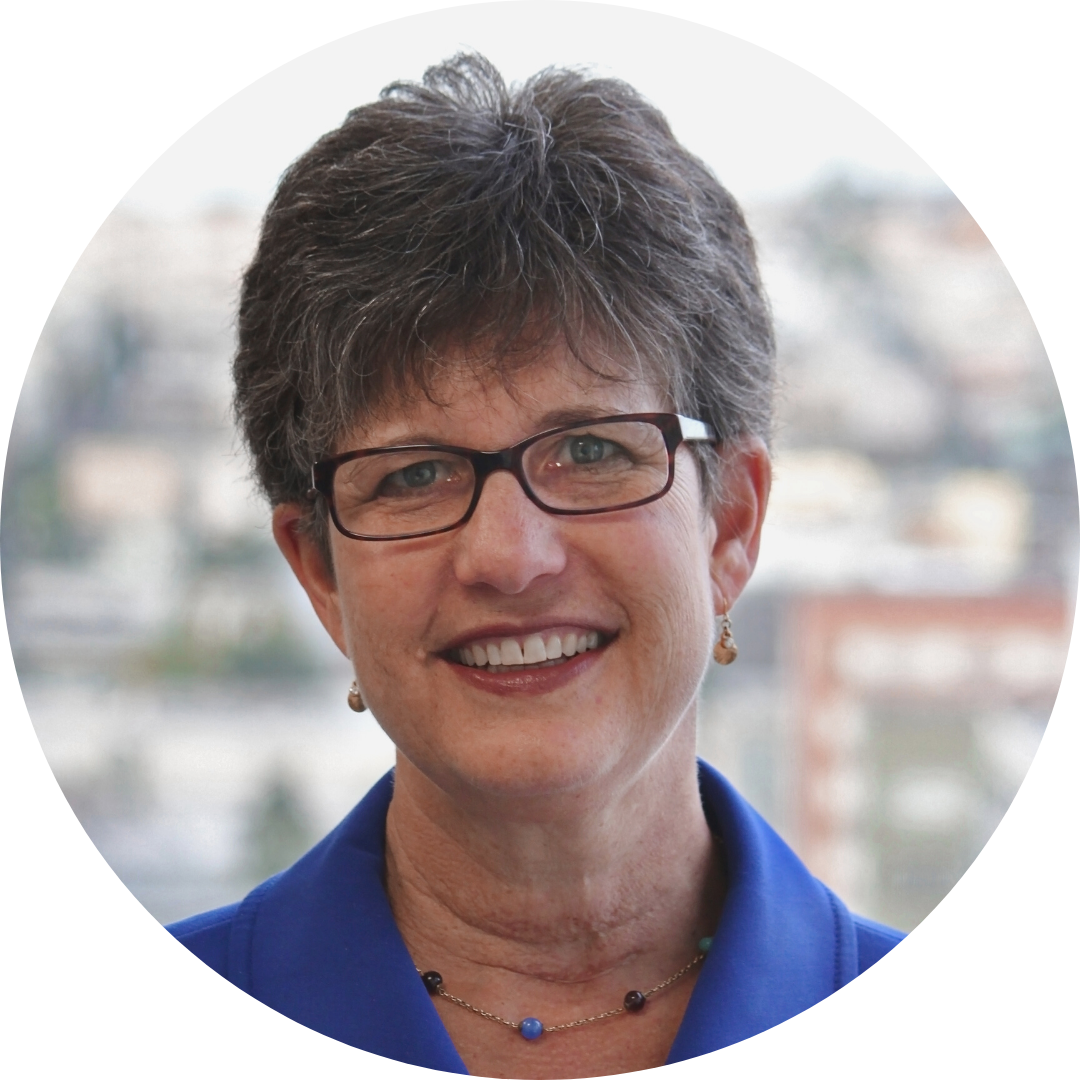
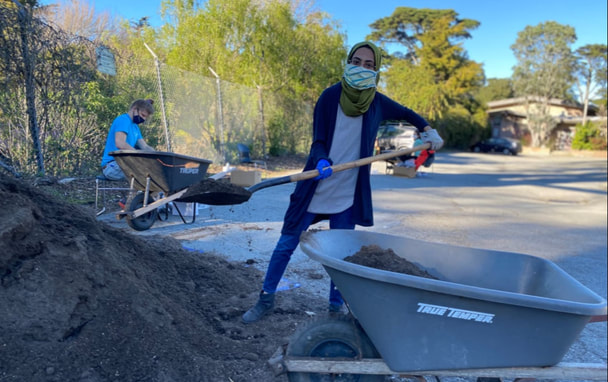
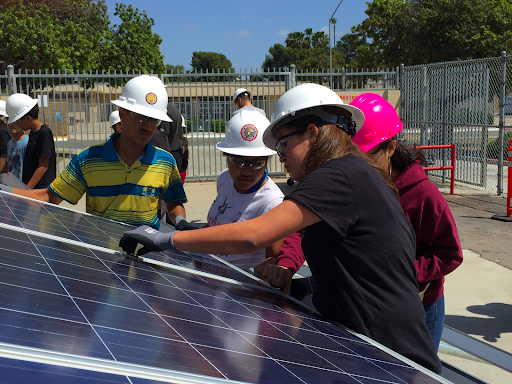
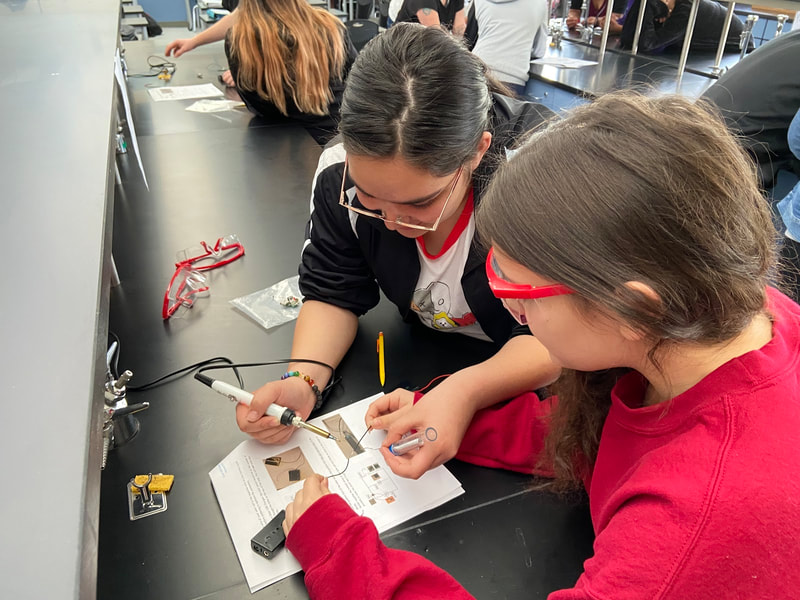
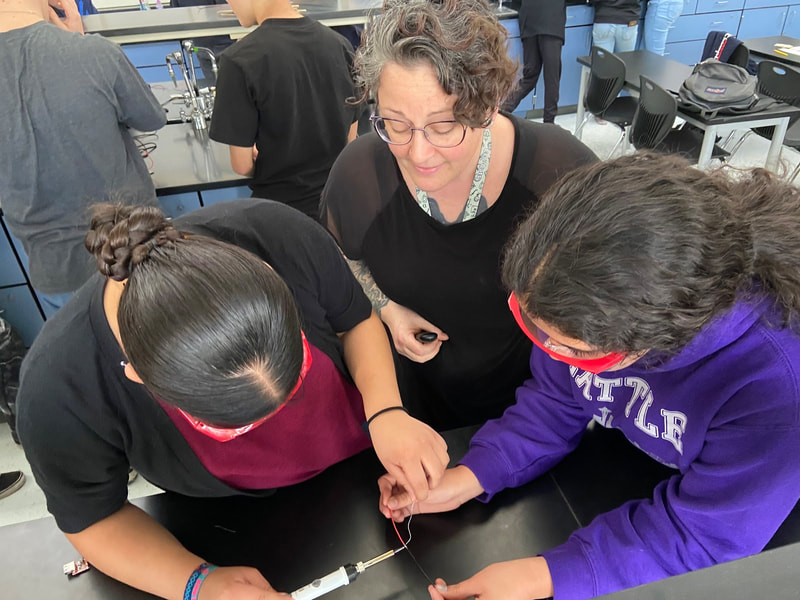
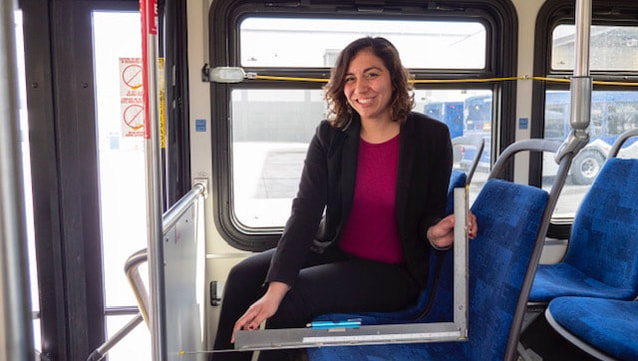
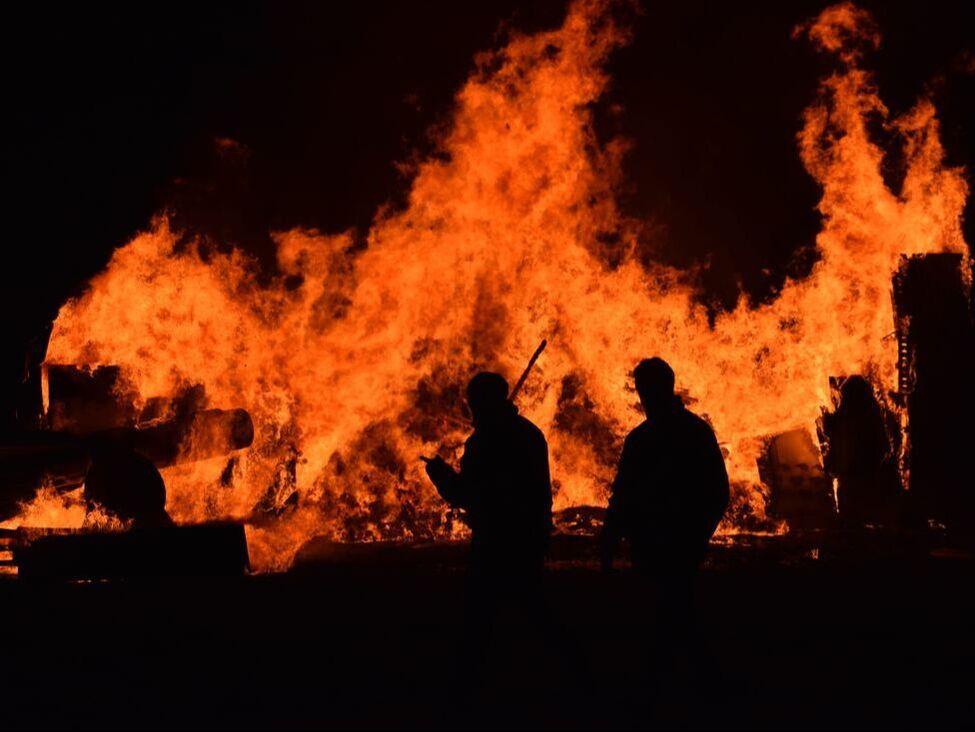
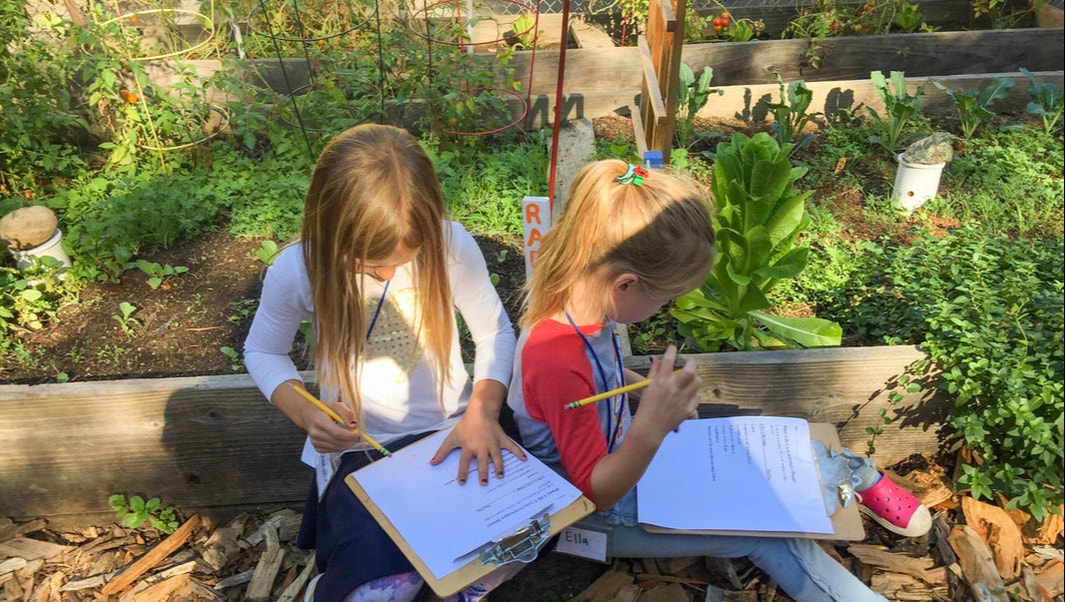
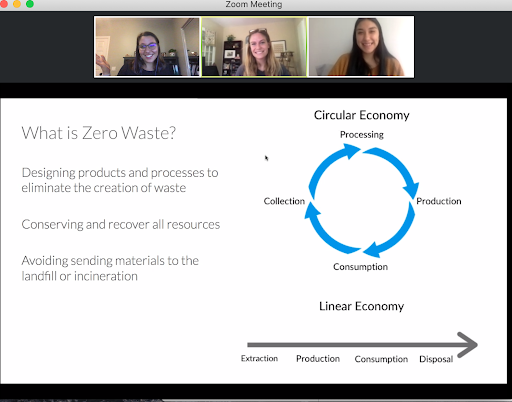
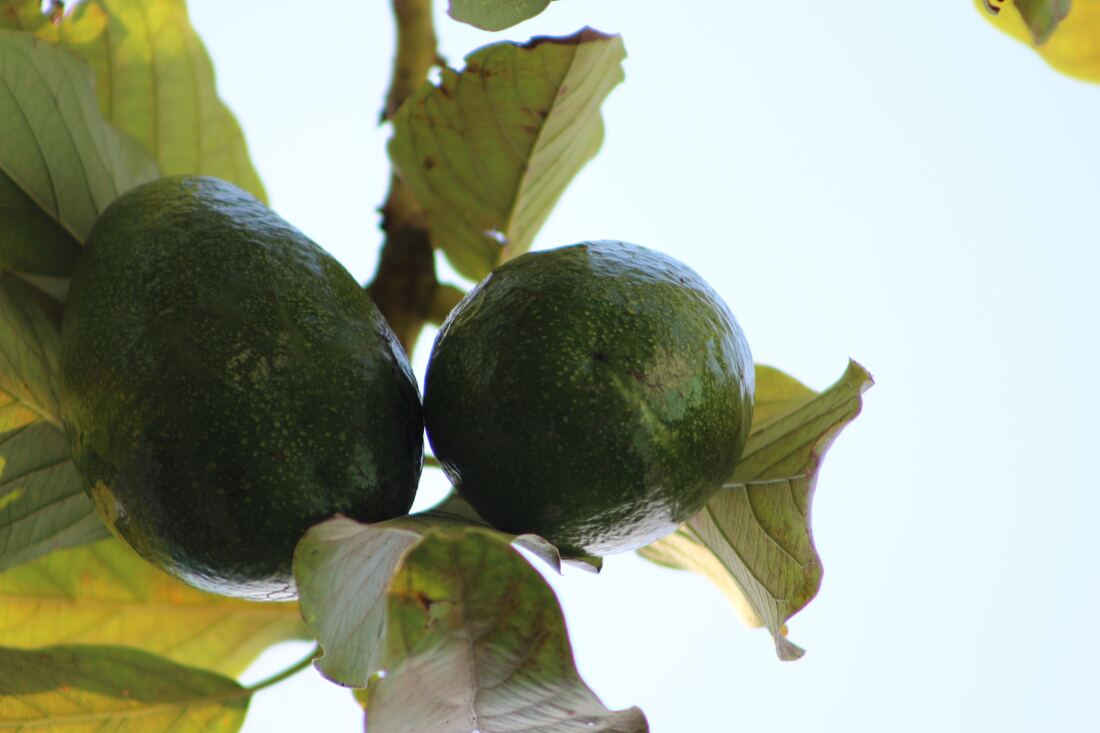
 RSS Feed
RSS Feed
